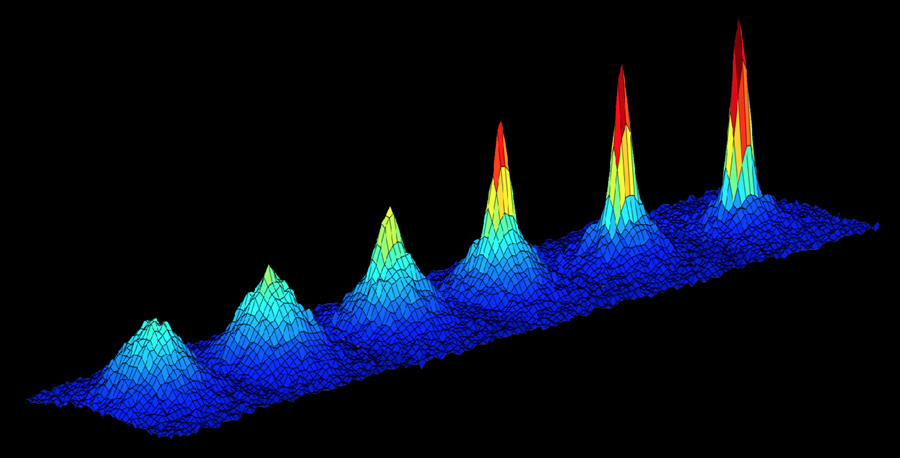Life at the bottom
What does Absolute Zero mean?
Temperature tends to be relative — the air is below freezing, her fever is above normal. But scientists probe the extreme ends of the spectrum of what’s called absolute temperature: At the upper limit, absolute hot is a theoretical furnace where the laws of physics melt away. On the flip side, absolute zero — cold so cold there’s nowhere to go but up — is almost within scientists’ grasp.
To understand it, you first need some Physics 101. The atoms that make up matter are always moving. Temperature measures those atoms’ kinetic energy, or energy of motion. The faster they move, the higher their temperature. Absolute zero, though, is almost perfect stillness.
Nothing in the universe — or in a lab — has ever reached absolute zero as far as we know. Even space has a background temperature of 2.7 kelvins. But we do now have a precise number for it: -459.67 Fahrenheit, or -273.15 degrees Celsius, both of which equal 0 kelvin.
Different materials vary in how cold they can get, and theory suggests we’ll never get to absolute zero. But with an arsenal of new tools and techniques, scientists inch ever closer to reaching that rock bottom.
Read more at Discover magazine.
Image: NASA/JPL
